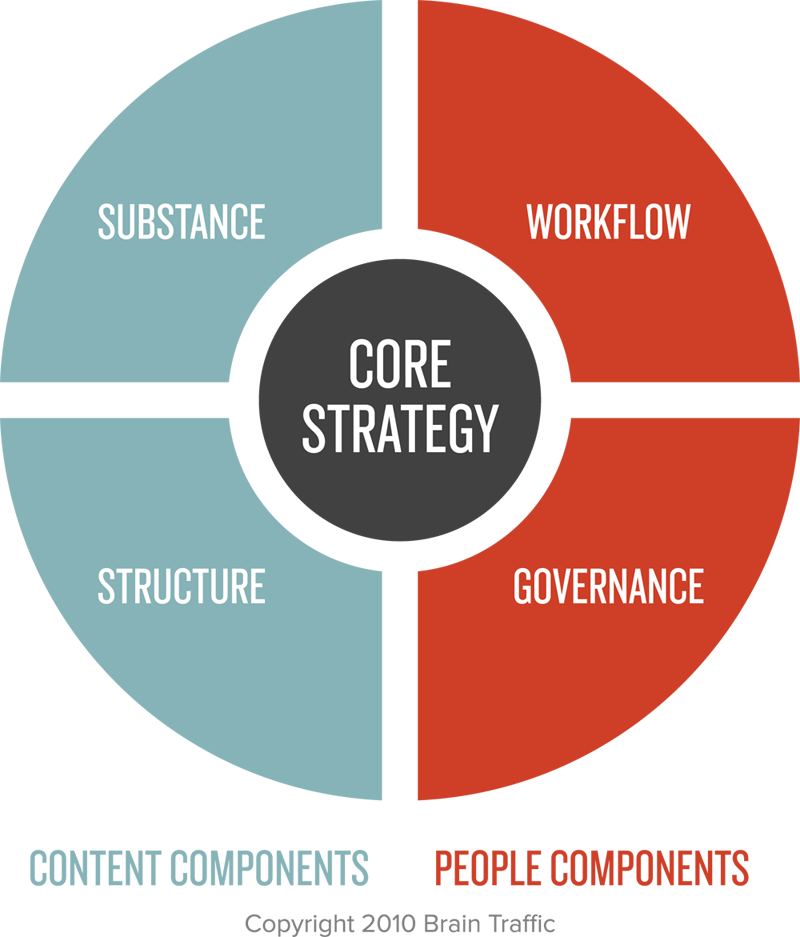The size and distance of a target affects the time required to move to it Devised by psychologist Paul Fitts in 1954, this law states that the time needed to make a single movement to a resting position over a target is influenced by the distance between the starting point and the target, and the size of the target. For …
Eye Tracking
Technology which calculates and records what users are looking at, for the evaluation of user interfaces Eye tracking is a usability testing technology that determines the direction of a user’s gaze to calculate the point on a screen where their attention is focused, and records this data many times per second. Video of the interface in use is captured and …
Colour Theory
A collection of guideline laws used to evoke emotion, set moods, and manage user attention with application of color Colour theory is a collection of laws, guidelines and interpretations which guide the selection and use of colours. In user experience design, the meanings associated with certain colours and colour groups is particularly significant. There are two broad colour groups: warm …
Content Strategy
The planning, creation and management of content Content strategy is a collective term for many tasks related to the management of a set of content for a website or similar system, particularly with regards to creation, delivery and maintenance. It is the role of a content strategist to ensure each piece of content is delivered in the most appropriate form …
Constraints
The practice of limiting user actions on a system in order to make it easier to use The right constraints can improve usability by limiting user actions. The concept was introduced by Don Norman, who suggested that the best way to avoid user errors is to prevent them from happening. There are two types of constraint, physical and psychological. Physical …
Cognitive Load
The burden on a person’s short-term memory during complex tasks When a user is working on a task, relevant information and processes are stored in their working memory. This information must be processed, and the amount of mental resources required to do so is known as cognitive load. As the brain has a limited amount of processing power, too much …
Chunking
Combining units of information into fewer units, to aid browsing and learning A ‘chunk’ is a piece of information, like a word or a set of numbers, held in the short-term memory. The capacity of this memory is limited, believed to be between three and six, so by structuring information to fit these limitations, users’ recollection of that information can …
Call to Action
An element that prompts a user to carry out a desired activity An interface element that aims to encourage users to continue down the optimum path, as identified by the developer. For a website design, example actions would be submitting contact details or making a purchase. The effectiveness of a call to action (CTA) is often measured by calculating the …
Atomic Design
A methodology for designing interfaces by designing elements and their combinations rather than pages Introduced by Brad Frost in 2013, Atomic Design is an approach to designing interfaces by creating systems of components instead of pages. It involves designing small, standalone, reusable elements and combining them to create the whole. This enables rapid production of scalable and consistent interfaces that …
Affordance
The properties of an object which allows its function Psychologist James J. Gibson first coined the term ‘affordance’ in 1977 when describing all actions that are made physically possible by the properties of an object or an environment. A bottle screw cap affords twisting. A hinged door affords pushing or pulling. A staircase affords ascending or descending. Don Norman introduced …









